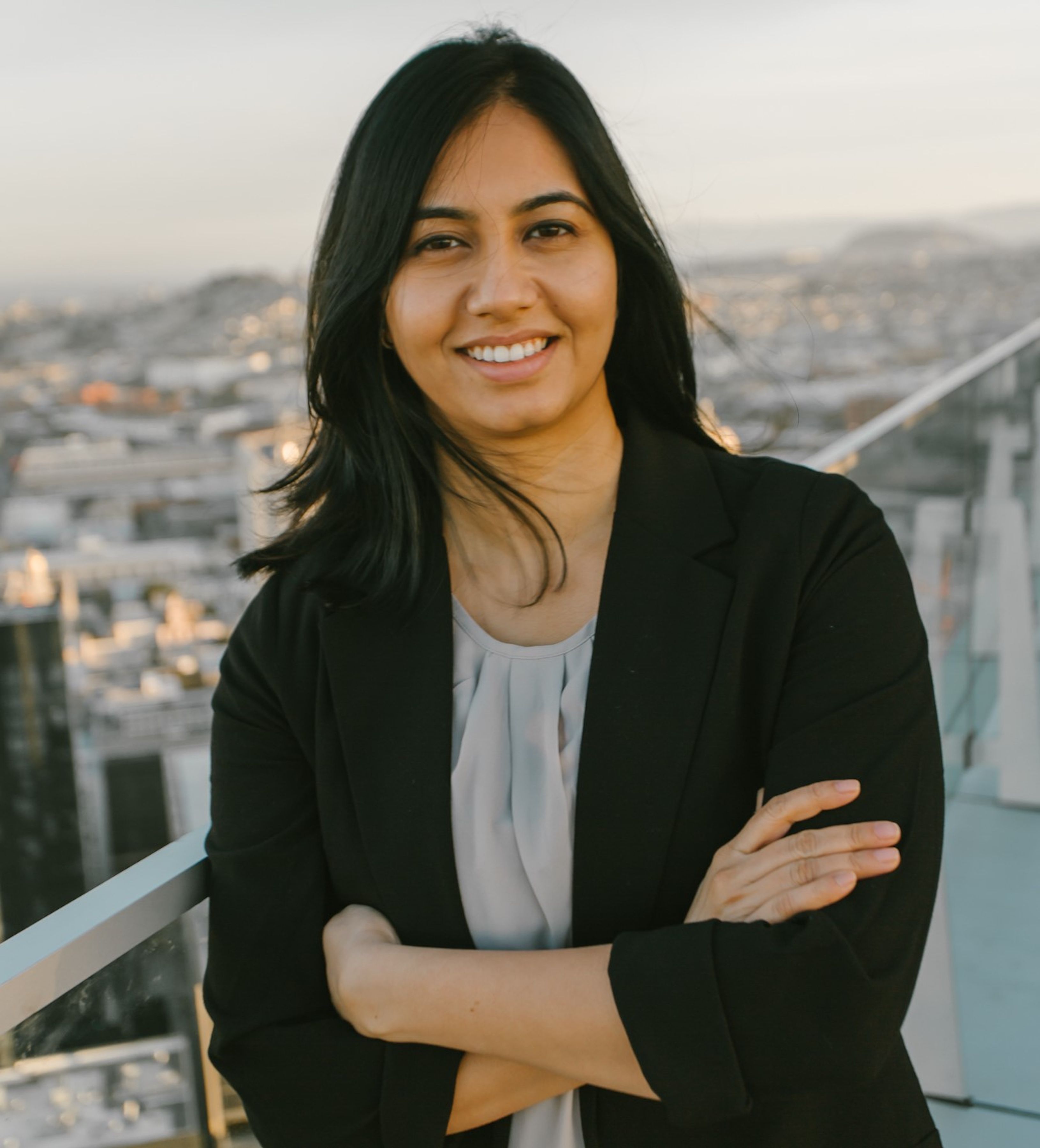Artificially Discovering New Molecules and Indications: Q&A with Dr. Jo Varshney
Dr. Varshney discusses how AI is being used to sort data and discover new molecules and indications for existing drugs.
Dr. Jo Varshney
CEO and founder
VeriSIM Life

As the CEO and founder of VeriSIM Life, Dr. Jo Varshney has plenty of experience using AI to solve problems. She recently spoke with Pharmaceutical Executive about how the technology is being used across the industry to discover new molecules and potential indications for existing treatments.
Pharmaceutical Executive: Some companies are using AI to discover new indications for existing drugs. How will this impact the ways that pharma companies utilize re-innovation?
Dr. Jo Varshney: Using AI to repurpose existing drugs is a great application of the technology. We’ve seen a lot of interest in repurposing from pharma companies with drugs coming off of patent protection. AI can reveal hidden patterns in drug engagement ideally suited, perhaps with formulary modifications, to new indications. A great example of this is our PulmoSIM Therapeutics subsidiary’s drug asset PT-001. This molecule was repurposed from its previously approved use for the treatment of the rare disease pulmonary arterial hypertension. And with AI, we’ve been able to move it through preclinical development in half the time it would take traditionally.
PE: Is AI discovering new ways to organize massive data sets?
Varshney: What I would say is that AI is helping humans to interpret massive data sets in new ways. AI algorithms are particularly well suited to find meaning in data sets that lack detail and consistency. This opens up new possibilities previously unexplored. For pharma companies, it empowers answers to questions like, “What’s the right formulation strategy?” or “What would be a good dosing regimen?” for a prospective drug candidate, long before initiating in vivo experimentation.
PE: Algorithms can retrieve specific points of data from massive sets with incredible speed. How is this impacting research/development timelines?
Varshney: This is a huge advantage to using AI in the preclinical drug development process. The conventional methodology features a lot of compartmentalization of teams and data, and sequential experimentation. It impedes efficient and informed R&D decision-making. AI systems like ours can analyze multiple dimensions of a drug candidate in the context of its intended target in parallel–not sequentially–in an integrated. Our BIOiSIM platform actually synthesizes several measures of a drug’s anticipated therapeutic effect into a single score we call Translational Index. This makes R&D much more efficient and candidate development less risky.
PE: How is AI able to take data sets in different, potentially incompatible formats, and present a unified story?
Varshney: The usefulness of an AI system is largely dependent on the data available to it. This is a major challenge and requires a strong data and validation environment to yield an accurate unified story. You’ve probably heard about “bias” in AI systems–like facial recognition systems that exhibit extremely error rates at identifying certain under-represented populations? If the validation environment doesn’t catch that an underlying training set is biased, your system’s analysis won’t be trustworthy. This is why regulators like the FDA have emphasized the importance of explainability in the use of AI systems for drug development. It’s important to ask AI technology partners to demonstrate they have these safeguards in place.
PE: How effective is AI at finding new molecules?
Varshney: Very. ChatGPT has shown us all that generative AI systems can be extremely realistic and intelligent when asked to create content like images and videos. AI-based LLMs are now also being applied to novel molecule generation. But while this approach can synthesize a large volume of new chemicals and protein structures faster, it often creates physically improbable drugs, or drugs that are so complex they might be considered unnatural or impossible to successfully reproduce. The big challenge for the use of AI in new drug design is biological validation. Without constraints based on clinical efficacy, selectivity, toxicity, etc. the risk to drugmakers is chasing even more dead-end candidates.